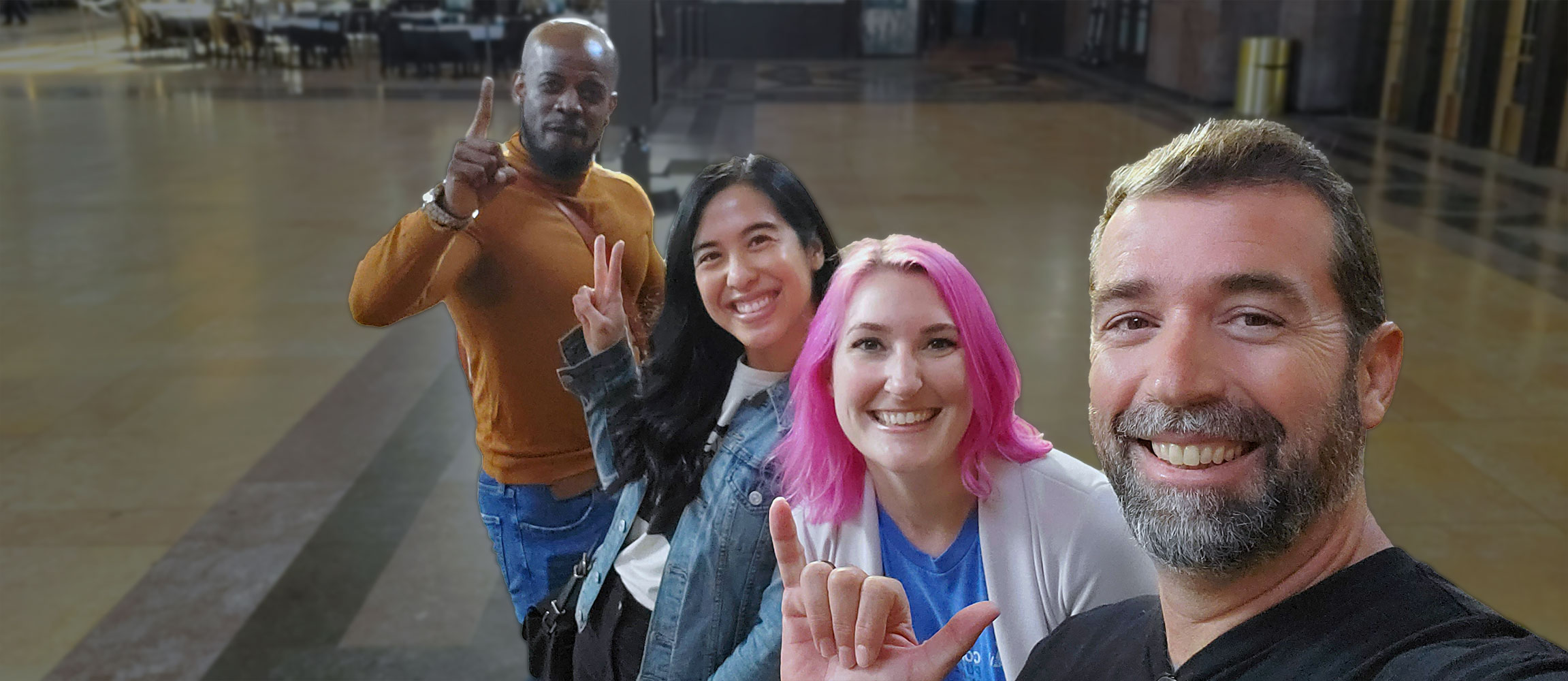Background
In 2021, IBM set out to create a pre-sales organization to introduce “experiential selling” to its clients. The concept was co-creating MVPs with clients to prove solutions using IBM technology and expertise as accelerators to de-risk their investment. This massive undertaking required creating cross-functional teams worldwide, including 1500 people in the Americas. These teams comprised Solution Architects, Business Technology Leaders, AI Engineers/Data Scientists, Platform Engineers, and Innovation Designers.
The Challenge
The global head of design was tasked with building the design practices across various geos. This included hiring, enabling, and activating 70+ designers and managers in the U.S. alone. IBM already has strong design practices and an internal boot camp for designers called Patterns. Likewise, the Garage already had a week-long boot camp for the Garage Methodology. However, this did not prepare designers for the complex enterprise challenges ahead. Most designers were uncomfortable running enterprise design thinking workshops with C-suite clients that facilitated sophisticated and complex technology conversations. Most designers were so new to IBM that they did not understand the technology they were tasked to help sell. The challenge became how we activate designers at scale with no hands-on experience running workshops and no fundamental understanding of the technology and client challenges discussed.
The Approach
We had very little time to enable and activate an army of designers to embed with their cross-functional peers. Fortunately, a handful of experienced designers and business technology leaders (BTLs) understood IBM technology and knew how to run workshops with clients. Working with my peer managers, I created a paired enablement and coaching program to help build designer confidence and give them a safety net to gain experience and confidence.
The program was divided into two parts. The first involved a few of the more seasoned designers pairing with the former Garage designers and BTLs in live client workshops and working as their support base (handling logistics, taking notes, managing stickies, etc.). The idea was to create force multipliers and amplify the experience gained in the live workshops, enabling them to become coaches to the more junior designers. The second part was to have the other designers observe via video calls. These people had to be masked not to make clients feel overwhelmed.
The Outcomes
I’d like to say the program was a smashing success, but like most things in the enterprise, scaling experiences within the confines of massive constraints can get messy. While the program activated designers more quickly and demystified the workshop process, coaches became overworked and burned out due to the added work and stress. Likewise, once designers were activated, we faced other internal battles, with some technologists and squad managers not understanding or supporting design in the pilot process.
Fast forward three years later, the innovation design community is thriving within the organization and has grown. All new designers come through the intern program with greater confidence and support in smaller numbers. I am proud of our work in supporting the organization and design community.
